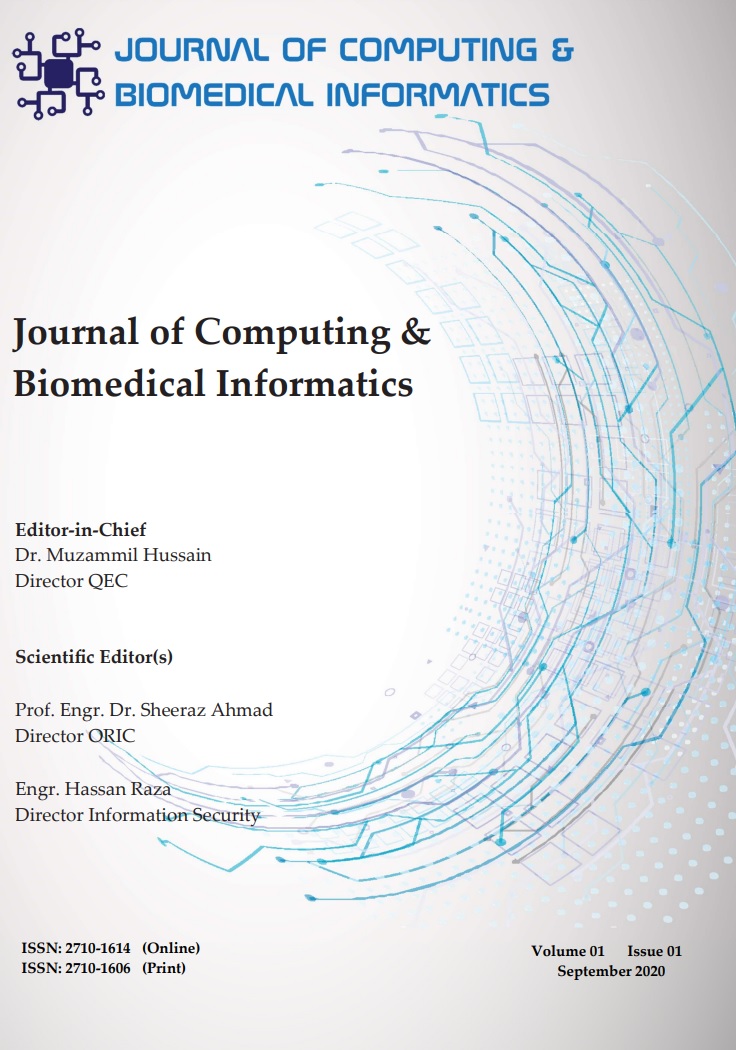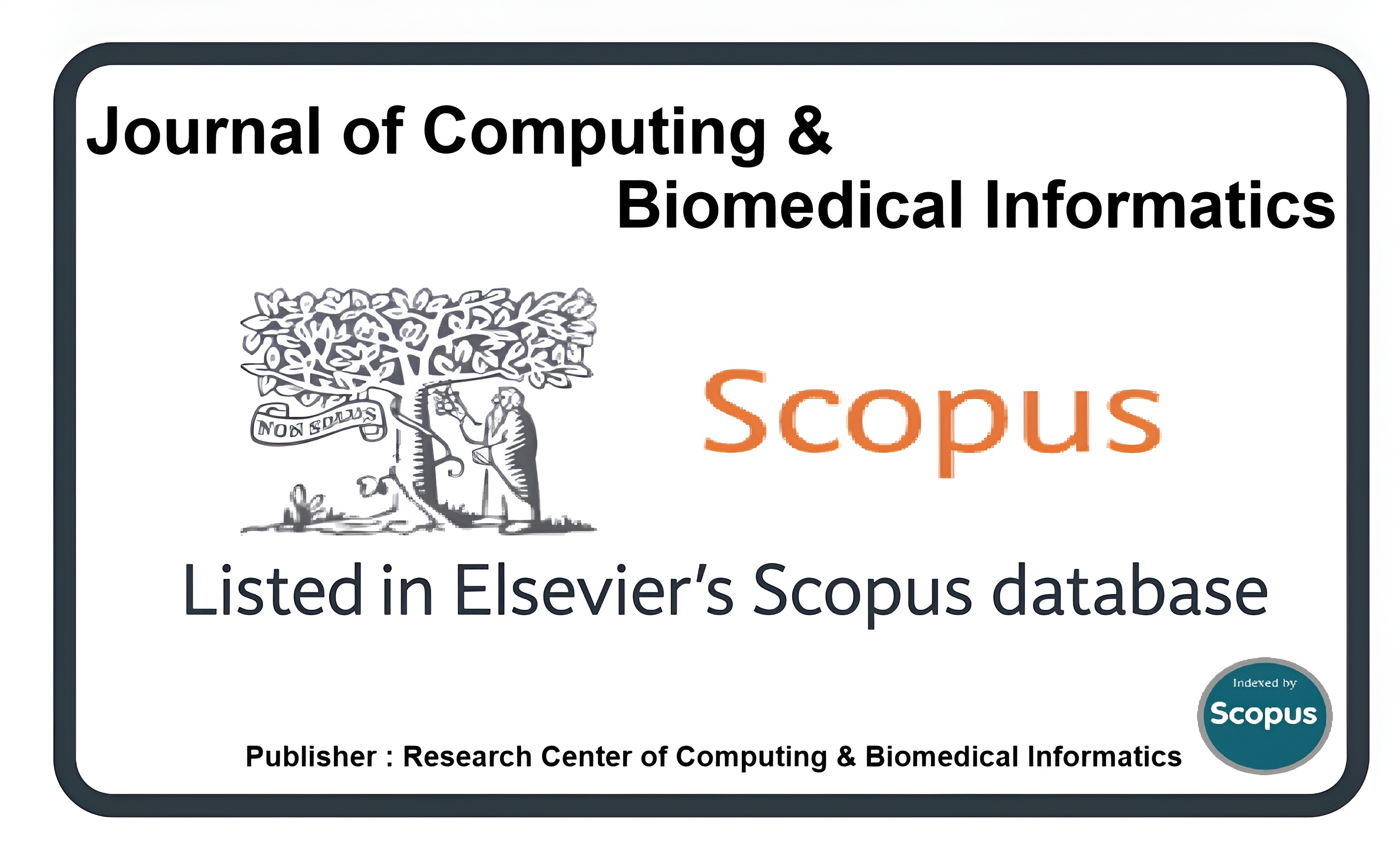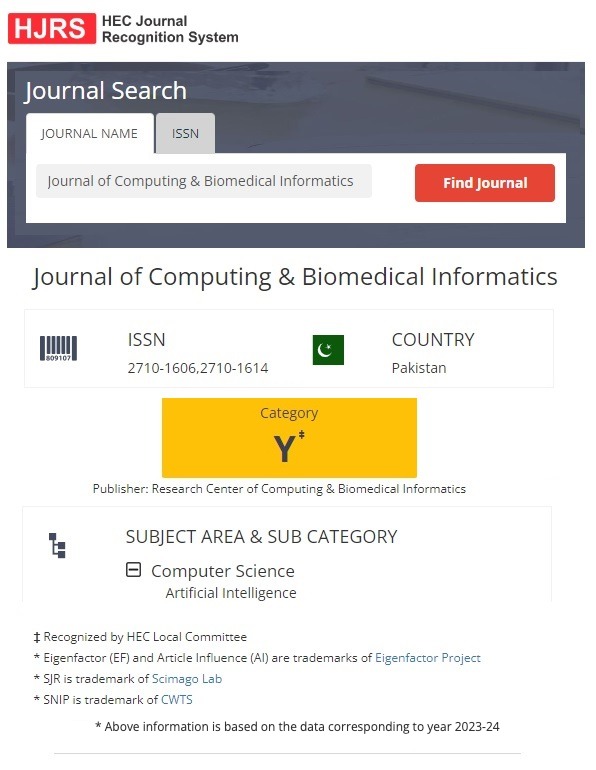Application of Data Mining Techniques to Prognosticate COVID-19 Proliferation
Keywords:
CNN Classification, Secretions, Diagnosis, PCR-RT, Covid, MutationsAbstract
The emergence of COVID-19 in early 2020 rapidly transformed into one of the most serious global health concerns. First reported in Wuhan, China, the virus quickly crossed national borders and spread worldwide. Initial signs of infection, such as fever, cough, and general weakness, often appear mild, yet in many cases the illness progresses to severe complications, including lung impairment, organ dysfunction, or even death. For diagnosis, Reverse Transcription Polymerase Chain Reaction (RT-PCR) continues to be regarded as the benchmark method. Although reliable, this test is costly and often requires up to three days before results are available, which limits its practicality for mass testing during a pandemic. This limitation has created an urgent demand for diagnostic methods that are quicker, more affordable, and equally accurate. Detecting the virus at an early stage is essential, as it not only improves patient recovery but also plays a critical role in slowing transmission within communities. In response to this challenge, the present research applies a customized Convolutional Neural Network (CNN)–based deep learning model to chest X-ray images for COVID-19 detection. The system was designed for multi-class classification and tested using an online dataset. The evaluation results indicate that the model achieved a classification accuracy of 98.87%, highlighting its effectiveness in supporting rapid and reliable COVID-19 screening.
Downloads
Published
How to Cite
Issue
Section
License
This is an open Access Article published by Research Center of Computing & Biomedical Informatics (RCBI), Lahore, Pakistan under CCBY 4.0 International License





